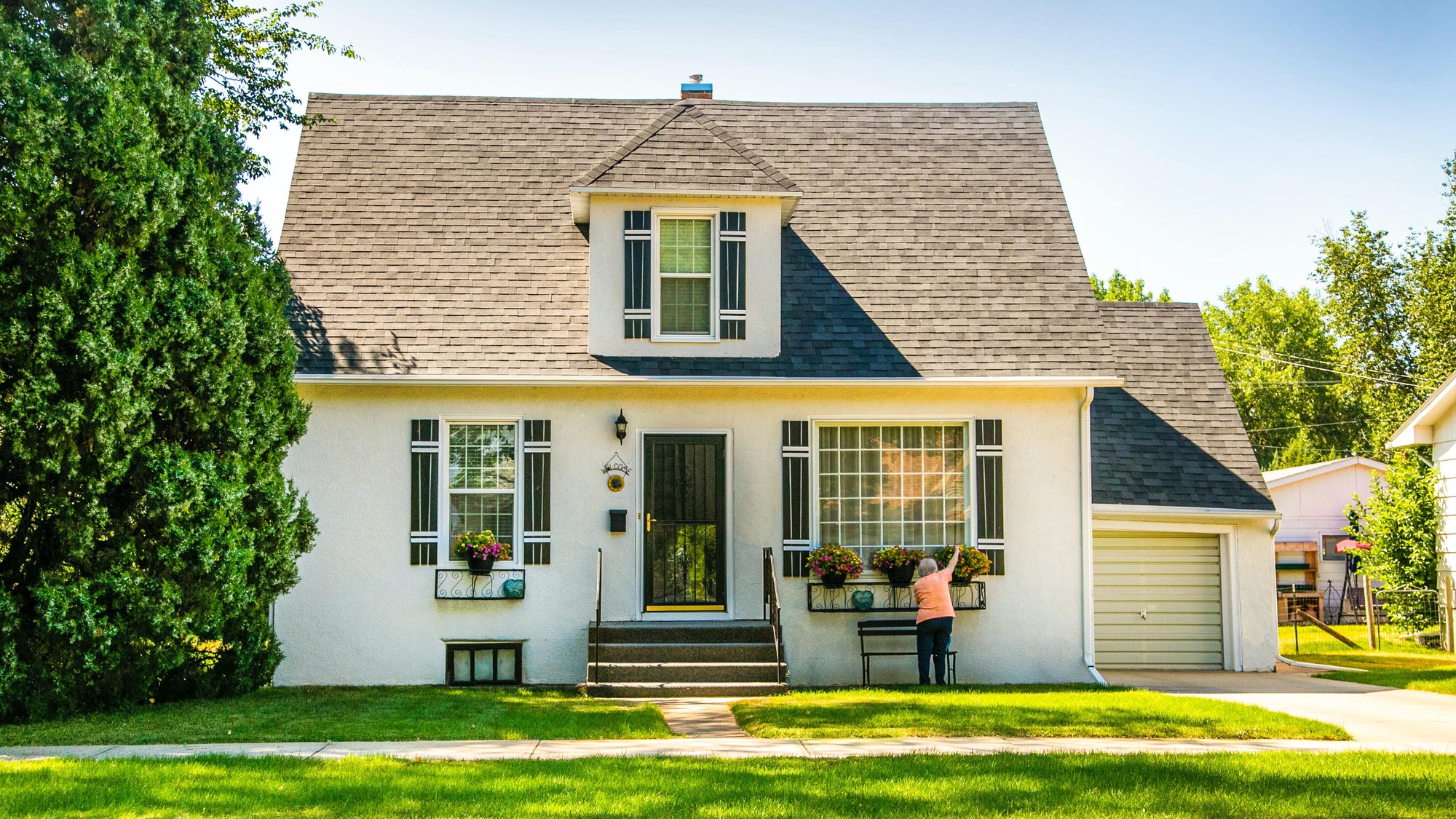When deciding what type of mortgage to get, the main question asked is usually: fixed or variable? What many people forget is that a variable rate mortgage can really be broken down into two different types of mortgages: a variable rate mortgage, and an adjustable rate mortgage.
Let’s talk about the differences between the two, as well as the pros and cons of each.
Key Takeaways
- A variable rate mortgage has a fixed payment, but a variable interest rate
- If interest rates go up and you have a variable rate, your amortization period will increase
- An adjustable rate mortgage is similar to a variable rate mortgage, but the monthly payments can change
What is a variable rate mortgage?
It’s likely that you’re already familiar with the concept of a variable rate mortgage. Unlike a fixed-rate mortgage where the interest rate is set at a fixed rate agreed upon at the start of your mortgage term, a variable rate mortgage has an interest rate which fluctuates according to the interest rate set by the Bank of Canada.
Your mortgage lender will typically offer you a variable rate that’s tied to the “prime rate” which is the benchmark rate set by financial institutions for lending purposes. The big 5 banks all typically operate based on the same prime rate, and will offer you a variable rate mortgage term of “prime minus 0.5” for example, meaning the interest on your mortgage will be set at the prime rate minus 0.50%. As the Bank of Canada adjusts the policy interest rate, the interest owing on your mortgage will change, on a monthly basis. For example, on a $500,000 mortgage, if interest rates go up by 0.25%, you’ll go from owing $1667 a month in interest to $1771 per month.
However, this does not mean that your monthly mortgage payments change, as they remain fixed at an agreed upon amount at the start of your mortgage term. This monthly payment amount will be determined by the size of your mortgage, and your interest rate, with a certain amount going towards the principal and the interest portion of your mortgage. This fixed payment amount is initially calculated using your agreed upon amortization period, for example a 25 year amortization period in which you will pay off the mortgage.

If the policy interest rate changes, your monthly mortgage payment will remain the same, but the portion that goes towards interest will change. If interest rates go down, the interest portion of your mortgage payment will go down, leaving you paying more towards principal and reducing your amortization period. If interest rates go up, the interest portion of your mortgage will go up, meaning it will take longer to pay off your mortgage and your amortization period will increase.
In this way, you don’t have to worry about a rapid increase in your monthly mortgage payments putting strain on your budget. That is of course, unless you hit your mortgage trigger rate because interest rates went too high above your initial interest rate.
What is a mortgage trigger rate?
Recommended reading: What is a mortgage trigger rate?
A mortgage trigger rate is the point at which your monthly mortgage payments no longer cover the monthly interest due on your mortgage. When interest rates increase, a higher portion of your fixed monthly payment goes toward interest instead of principal extending your amortization period.
Each homeowner’s mortgage trigger rate varies depending on their initial interest rate, amortization period, and the size of your mortgage payments. Fixed-rate mortgage holders don’t have a trigger rate since their interest remains locked in for the mortgage term. When you reach your mortgage trigger rate, lenders usually provide two options: pay extra interest owing in installments or increase your monthly mortgage payments to cover the additional interest and reduce your amortization period.
In November 2022 the Bank of Canada estimated that around 50% of variable rate mortgage holders had already hit their trigger rate, raising concerns about the increasing risks of defaults in the mortgage market. If you have a variable rate mortgage and haven’t adjusted your rate, consider increasing your payments to bring your amortization period back down.
What is an adjustable rate mortgage?
An adjustable rate mortgage, also known as an ARM, is similar to a variable rate mortgage in that the interest rate fluctuates over time. The key difference between an adjustable rate mortgage and a variable rate mortgage is that the payments on an adjustable rate mortgage are not fixed, unlike with a typical variable rate mortgage. While variable rate mortgages have a fixed monthly payment until you hit your trigger rate, the monthly payment amount of adjustable rate mortgages changes according to current interest rates. If the Bank of Canada increases interest rates, your monthly mortgage payments will increase to account for the higher interest rate, keeping your principal payment and the amortization period the same.
Should you get an adjustable rate or a variable rate mortgage?
Variable rate mortgage:
+ Fixed monthly payments mean easy planning
+ If interest rates rise you won’t immediately have higher payments
– If interest rates decrease you won’t benefit from lower payments
– Hitting your trigger rate might be a big shock
Adjustable rate mortgage:
+ If interest rates lower, your payments will go down
+ Your amortization period will remain the same
– Variable monthly payments make for an uncertain budget
– If interest rates rise your monthly payments increase at the same rate
There are benefits and downsides to each kind of mortgage, so let’s look at some example scenarios where you might want to go with either an adjustable rate or a variable rate mortgage.
If you think mortgage rates are likely to decrease in the near future, then going with an adjustable rate mortgage might appeal to you if your goal is to reduce your monthly payments. On the other hand, if you value having a steady monthly budget, then having a variable rate mortgage might be the way to go.
What kind of mortgage you end up deciding on will depend on your own financial situation and homeownership goals. Sign-up to Perch today and start shopping offers from our mortgage lenders who provide variable rate or adjustable rate mortgages.







